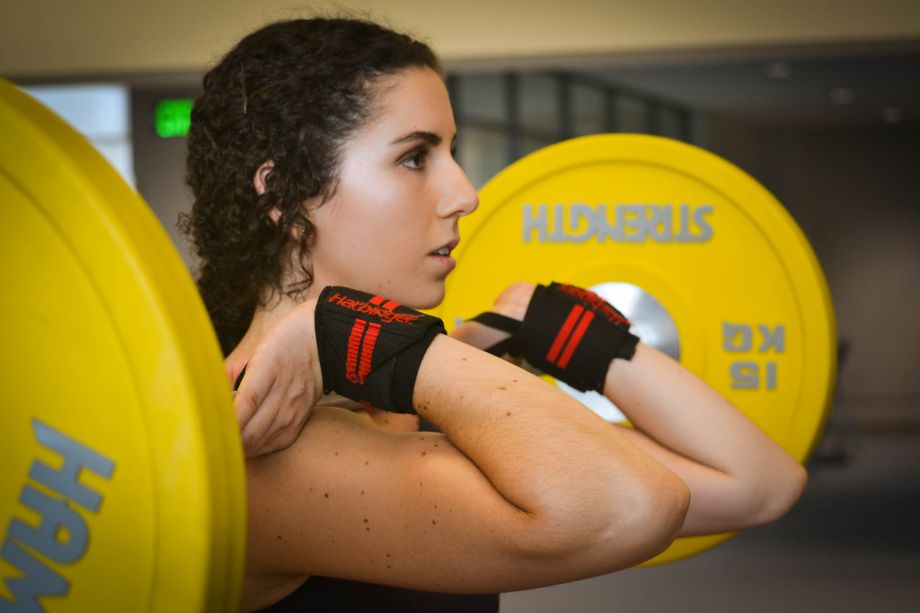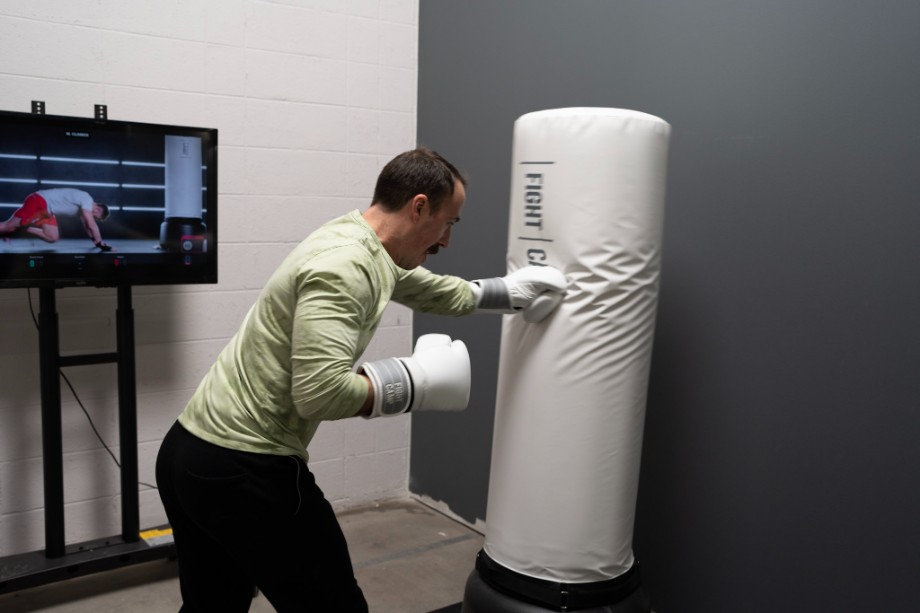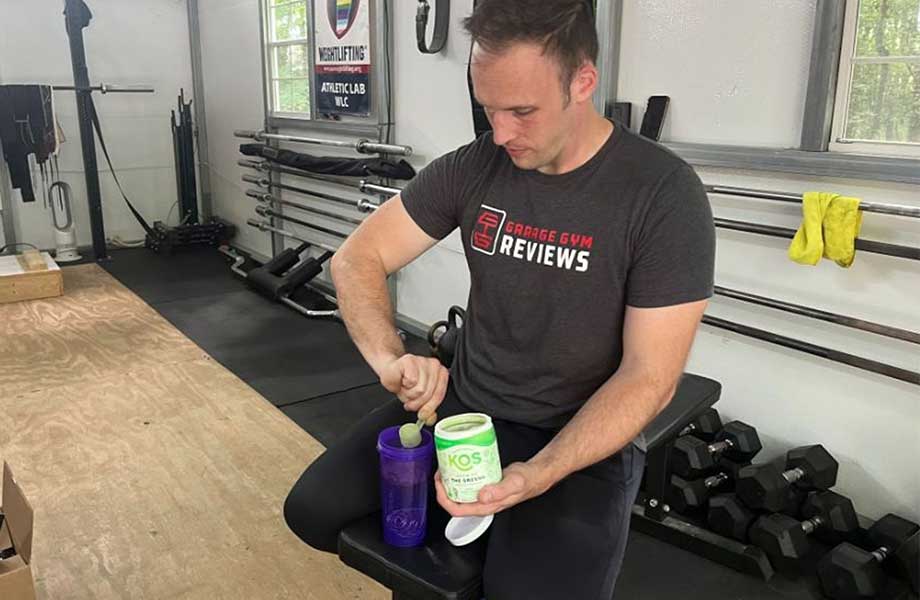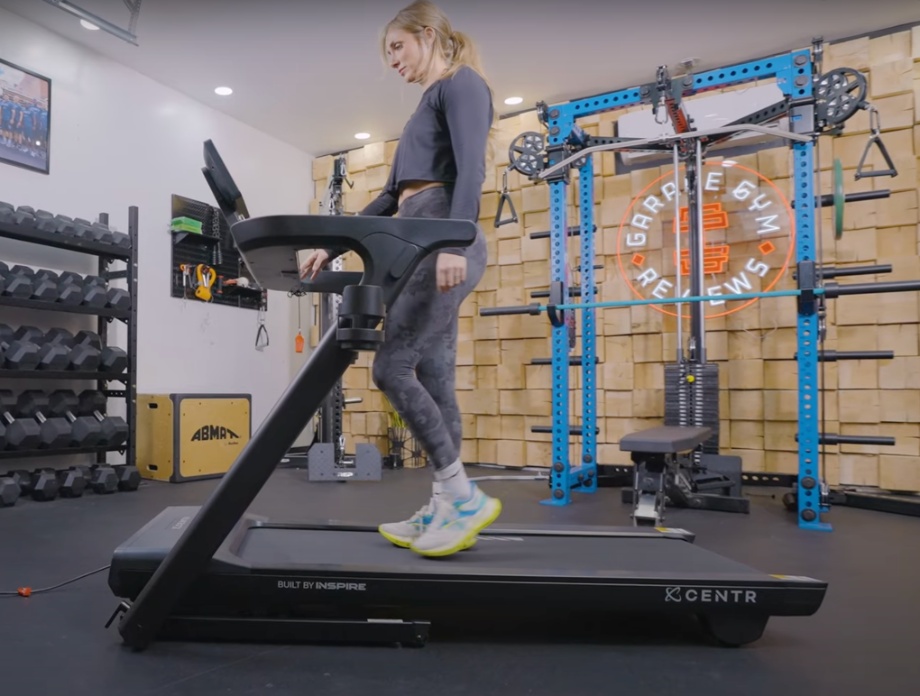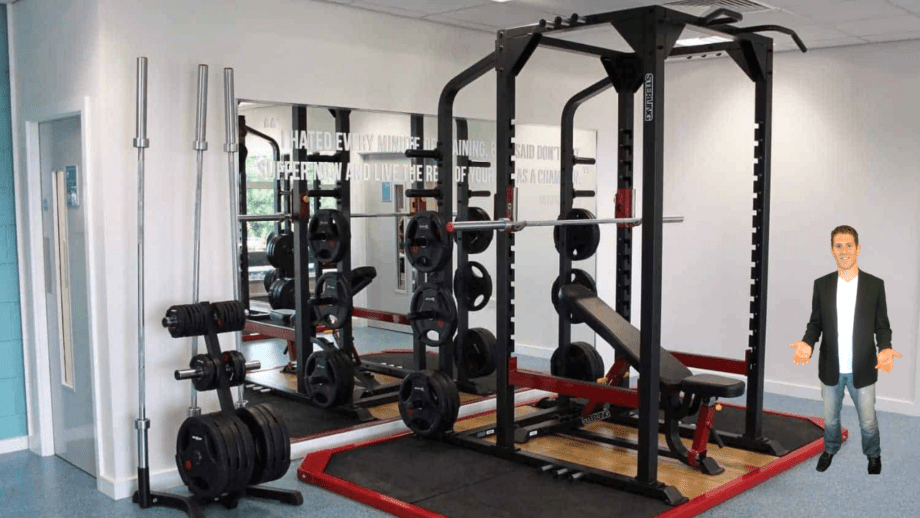Building muscle is the goal of most lifters who start a weight training program, but there’s a lot of conflicting information out there about how many sets and reps it takes to build muscle. Fewer reps with heavier weight? High repetitions with light weight? Moderate weight going to failure? These are just a few of the approaches.
There are lots of strength training methods and set and rep schemes that work to build muscle because different people will respond to different methods. So, like most things, the best option will depend on the lifter and his or her goals.
We’re here to break all this down for you. This article will explain the difference between muscle size, muscle strength, and muscular endurance, as well as the ideal rep ranges to achieve each. Plus, we’ll give you some tips for building muscle and answer frequently asked questions to help you cut through the noise.
Define Your Goal
There are three muscle adaptations to help improve the way your muscles look and operate: Muscular size, or hypertrophy (how big your muscles are); muscular strength (one-rep max); and muscular endurance (how many reps you can do, or how long you can do a particular exercise). Which one you need depends on your goals or the requirements of your sport.
Muscular strength is about increasing force, or the amount of weight you can lift. One-rep maxes are an example of muscular strength. On the opposite end of the spectrum, muscular endurance is how many times you can move a weight before failure.
Hypertrophy is sort of on its own spectrum. While focusing on building muscular strength may result in hypertrophy, these two approaches—getting stronger and increasing muscle size—don’t necessarily have the same goal in mind.
So, to illustrate: A marathon runner needs better muscular endurance than absolute strength; a powerlifter needs muscular strength over endurance; and a bodybuilder would be most concerned with hypertrophy.
Now that we’ve defined the three muscle adaptations, let’s dive into the best rep ranges to achieve each.
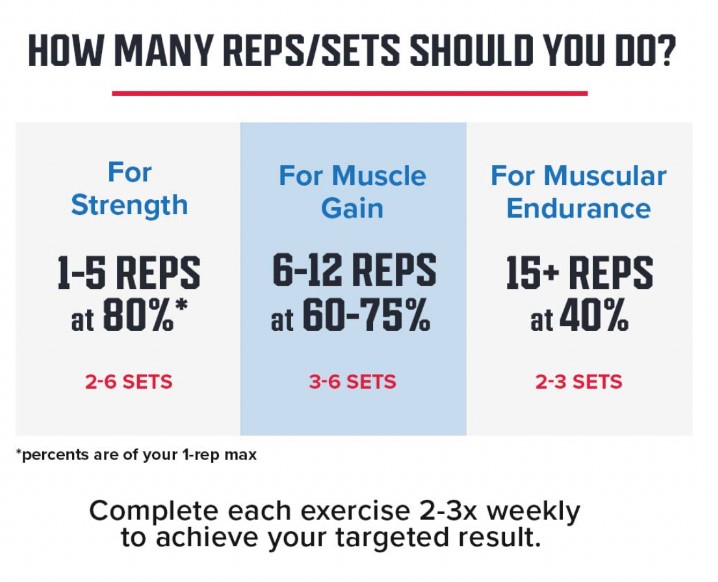
Best Rep Range for Muscular Hypertrophy
Hypertrophy is an increase in the number and size of muscle cells. When lifting a challenging weight for multiple reps, the lengthening and contracting of the muscle being trained causes microscopic damage to that muscle. After your workout, your body repairs and rebuilds these damaged muscle fibers, which leads to an increase in thickness and number—aka, muscle growth.
There are two different types of muscle hypertrophy:
- Myofibrillar: An increase in the number of muscle contraction fibers that improve muscle size, strength, and speed.
- Sarcoplasmic: An increase in muscle glycogen storage for future use.
The main drivers of muscular hypertrophy are mechanical tension (weight) and metabolic fatigue. Both result in a need to repair the damaged muscle, which in turn leads to increases in its size and strength.
A long-held belief is that the six- to 12-rep range is the sweet spot for hypertrophy. But, recent research has shown that when volume was equated, four-, eight-, and 12-rep protocols showed similar increases in muscle size.
Regardless, if you’re completing sets over 15 reps, you’re probably not lifting a weight that’s heavy enough to recruit fast-twitch type-II muscle fibers. These are the fibers with the biggest potential for growth. In general, sets of one to five reps are short, intense sets of 15 seconds or less that also activate type-II fibers, but don’t give the lifter enough time under tension to produce optimal muscle growth.
But in the six- to 12-rep range, when performed with 2 seconds on the concentric (lifting) and 2 seconds on the eccentric (lowering) movement, your set will end up right in the middle of the optimum 30- to 60-second time-under-tension range that some research has shown is optimal for building muscle.
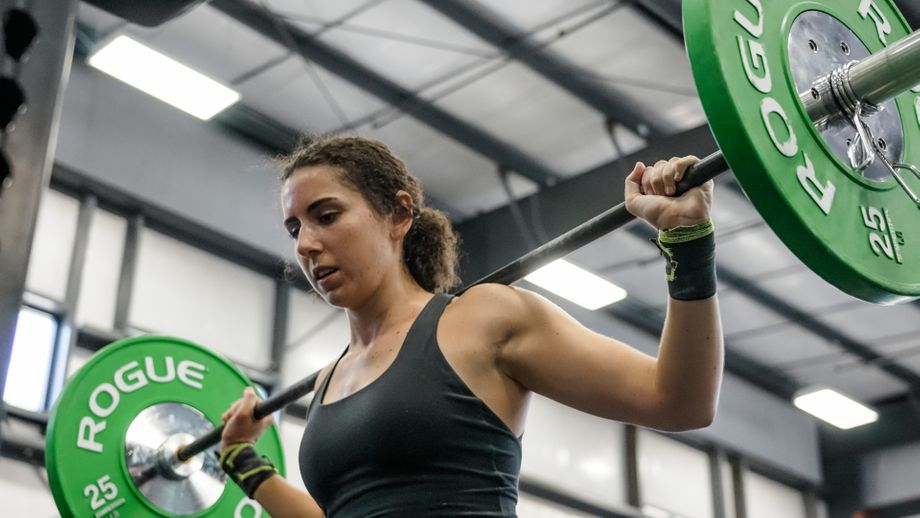
Although one set is great and will help to build some muscle, two to six sets in the six- to 12-rep range will improve your chances of optimally building muscle, as volume seems to be an important factor.
Rest times between sets depend on your strength levels. A general recommendation from my years of experience is to rest one to two minutes between sets.
And always remember progressive overload: This is a concept whereby you gradually increase a stimulus in your training, such as load, repetitions, or even difficulty in movement to continually challenge your muscles, which is the name of the game for muscle-building. If you aren’t implementing progressive overload, your results will be stagnant.
Best Rep Range to Build Muscular Strength
Muscular strength is the amount of force you can put out or the amount of weight you can lift only a few times. Improving your muscular strength sets the table for building muscle, losing fat, and improving your athletic performance on the sporting field.
You can build strength with a variety of sets and rep ranges, but using heavy weights (whatever that means to you) is the key. This means training with a load of 85 to 90% of your one-rep max, or above, and keeping the total reps performed between 10 and 25. You can break this up into various set and rep schemes: three sets of five reps, five sets of five reps, four sets of six reps, or five sets of two reps all work here.
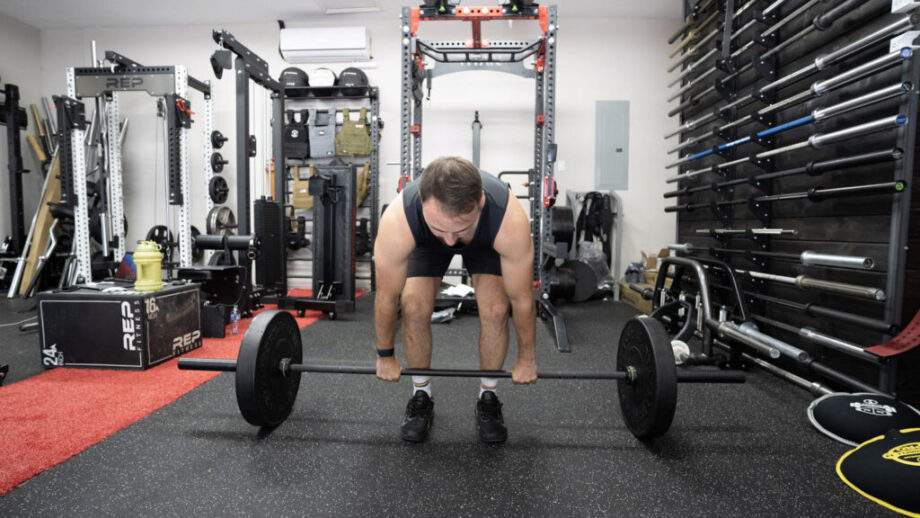
Because you’re working with heavier weights for short and intense sets, it takes longer for the body to replace the energy than it does for endurance and hypertrophy. A rest period of two to three minutes is needed to replace the adenosine triphosphate (ATP)—the compound your muscles use for energy—for a repeat performance.
Best Rep Range to Build Muscular Endurance
Muscular endurance is the ability of your muscles to stay active over a long period and resist fatigue. The muscle type that makes this happen is type-I muscle fibers. Type-I fibers have slow contraction times and higher resistance to fatigue due to a high mitochondrial and capillary density, and a high myoglobin content. This means they have a ready supply of oxygenated blood for repeat muscle contractions.
To train for muscular endurance and improve the performance of your type-I muscle fibers, lighter weight, high reps, and reduced rest periods between sets are needed to improve your muscles’ ability to handle fatigue. Training with a load of between 40-60% of your one-rep max for 15-plus reps, over two to three sets, and resting between 30 and 60 seconds between sets, would be ideal for muscular endurance.
Best Rep Range to Lose Weight
The only difference between an exercise program to build muscle or to lose weight is calories in and calories out. To build muscle, you need a caloric surplus, and to lose weight, you need a deficit. But in terms of reps to lose weight, using the same set and rep scheme to build muscle is where you should spend most of your time—no crazy higher-rep sets and endless cardio needed.
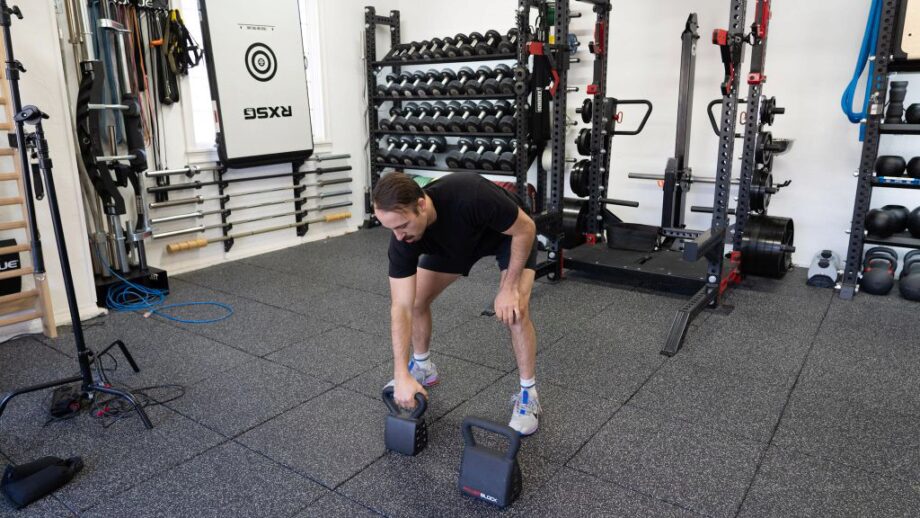
Why? Because having more muscle can help with weight loss. Muscle uses a lot of energy, even at rest, so you’ll burn more calories throughout the day, and during your workout, if you have more muscle overall.
Tips for Building Muscle
Building muscle requires high-intensity training, time, patience, and a lot of energy. There are a lot of variabilities here because different people respond differently to resistance training and diet programs. The following are general recommendations that work for most people. Mix and match to find what works for you.
Change Up Your Training Volume
In thinking about how many reps and sets to build muscle, consider changing up your training volume. Volume is a measurement of the amount of weight you lift in a session, the number of reps you do, and the total number of sets you complete.
Changing up your training volume is done by either increasing sets, reps, or training frequency. Depending on your training experience and age, you may need to increase or decrease your training volume to achieve progressive overload.
Spending time increasing strength gains will help build muscle because a stronger muscle will be able to do more, and you will have more gas in your tank. Switching up between training for muscular strength and muscular hypertrophy is where you should spend most of your time if building muscle is your goal.
A Caloric Surplus Is Needed
If you’re looking to gain muscle, you need to be in a caloric surplus because it takes a lot of energy to build and repair muscle. When muscle doesn’t get the energy it needs to rebuild and repair, it will take the energy from the muscle. This will reduce muscle size, which is not what you want. Getting adequate protein—around 1.2 to 2.0 grams per kilogram of bodyweight (approximately 1 gram per pound of bodyweight)—is needed because protein is the building block of muscle.
Prioritize Compound Lifts
In training for muscular hypertrophy—and especially if you’re only training three or four days per week—you should prioritize exercises that work multiple muscle groups. Barbell lifts like squats, deadlifts, bench press, and dumbbell exercises like rows, applied with progressive overload in mind, will have a larger hormonal and hypertrophic effect on the body than isolation exercises alone. However, isolation exercises, like biceps curls, are also needed to fully develop a specific muscle. But, compound lifts should come first for most.
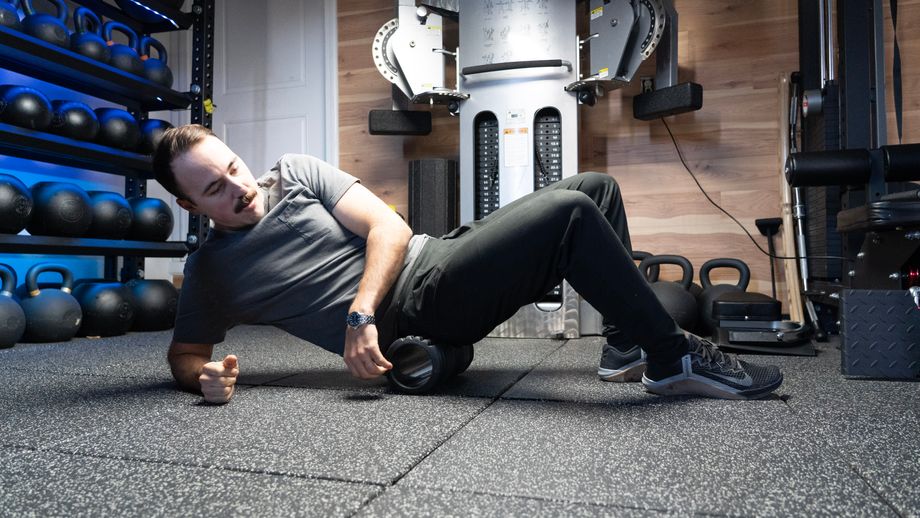
Recovery
Muscle is built in the gym, in the kitchen, and in the bed: You need the muscle damage during a workout; you need to intake the fuel to repair that damage; and you need sleep for your muscles to recover and rebuild. When you’re in deep sleep your body releases growth hormone, which repairs and rebuilds muscle. Getting adequate sleep is a huge part of the puzzle when it comes to building muscle, so don’t underestimate it!
Final Verdict About How Many Reps to Build Muscle
Building muscle size, strength, and endurance happens over different rep and set ranges. So what’s the best rep range to build muscle?
- A rule of thumb is six to 12 reps for two to six sets to provide the volume and time under tension needed to build muscle.
- But spending some time building strength in the one- to five-rep range will put more gas in your tank and increase the amount of weight you lift for more reps.
- Getting adequate protein and sleep will help rebuild and repair muscle.
- Prioritizing compound lifts that work the most muscle will give you more bang for your buck.
The name of the game with lifting weights to gain strength is progressive overload. More weight, more time under tension, and increased volume with the recovery to back it up. So, cycling your number of repetitions between low-rep workouts and high-rep workouts, while progressively trying to increase your strength with good form, will help you feel stronger over time. Flex time, baby!
FAQs About How Many Reps to Build Muscle
Here are some common questions about how many reps you should do to build muscle.
What is the best number of reps and sets to build muscle?
Time under tension is the name of the game here. Spending time in the six- to-12 rep range for multiple sets of lifting between 70 to 80% of your one-rep-max is your best bet for building muscle.
How many reps do you need to do to get ripped?
Getting ripped is all about low body fat, and this is achieved with a caloric deficit while eating enough protein to support holding on to valuable muscle. Training in the strength and hypertrophy rep range works here.
Will three sets of five reps build muscle?
Your personal trainer may tell you this, but it’s not ideal. Three sets of five reps will not provide enough time under tension to spark maximum muscle growth, but it will help you get stronger.
Are three sets of 10 reps enough to build muscle?
Yes, as long as you progressively overload and your muscles get enough time under tension within this set and rep range, three sets of 10 reps will build muscle.


